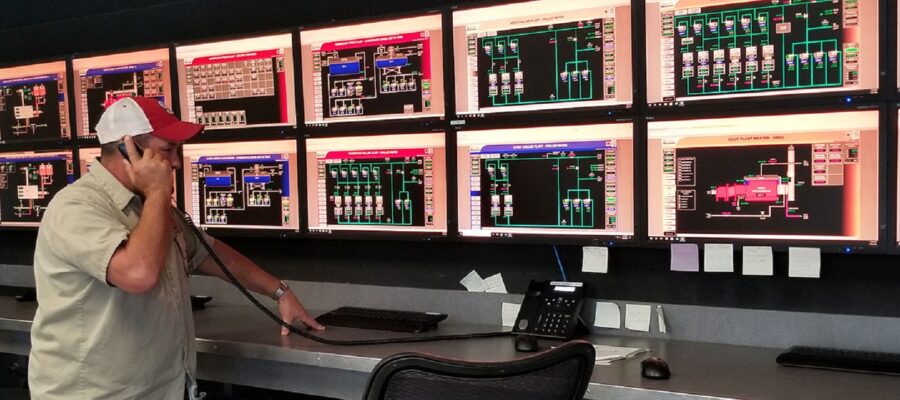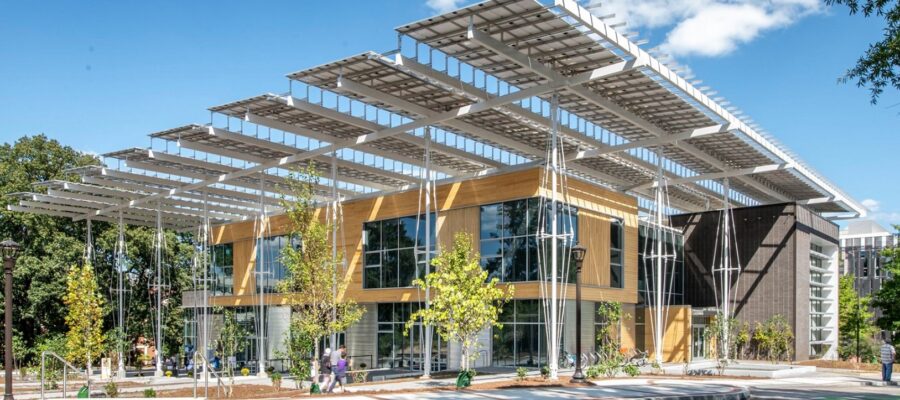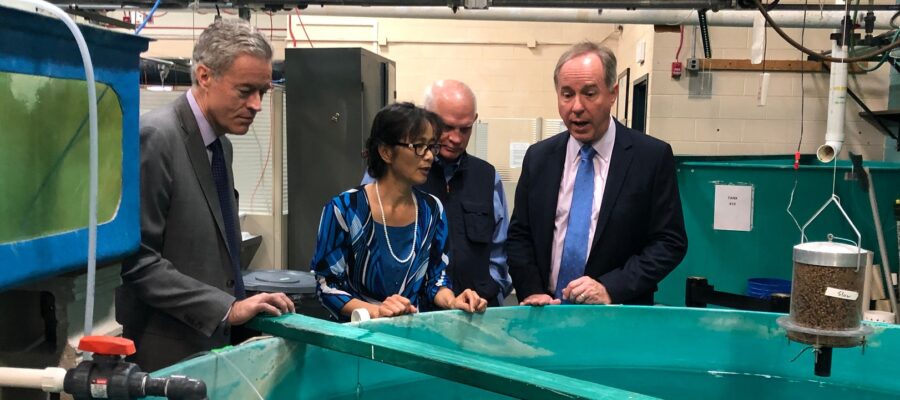ICC Response to Performance Based Wiring Design Proposal July 2025
2025 Group B | Committee Action Hearing #1 | Starts April 27, 1 PM
Video Recording of Floor Debate: IBC G153-25

2021 IBC Chapter 2: Definitions
2024/2025/2026 ICC CODE DEVELOPMENT SCHEDULE
Complete Monograph (2650 pages) | Note our proposal on Page 754
“All language is but a poor translation.”
― Franz Kafka
The Impossibility of Translating Franz Kafkahttps://t.co/OotULfVwA5@ASTMIntl
Standard Practice for Assessing Language Proficiencyhttps://t.co/RQVv3TJs2k pic.twitter.com/EZax9evtNL— Standards Michigan (@StandardsMich) April 25, 2021
“Ever wondered what would happen if elevator’s didn’t have buttons and relied on vocal recognition instead?”
The Scottish Comedy Channel | @ComedyUnit
Language is the only homelandhttps://t.co/fulQaBUBDChttps://t.co/mrQCfy4niM pic.twitter.com/8ipdyFLPuW— Standards Michigan (@StandardsMich) July 11, 2024
‘Girls tell about their time at Canadian College of English Language’https://t.co/SKYf5gNZLXhttps://t.co/fsQaxC1L69 pic.twitter.com/FBywkbB1BY
— Standards Michigan (@StandardsMich) July 1, 2024
Group B Proposed Changes to the 2024 Editions Complete Monograph (2650 pages)
For today’s session note the proposals listed below:
ADM1-25 Part I (p. 61)
G39-25 Part I (p. 522)
G40-25 Part I (p. 527)
G39-25 Part II (p. 535)
G144-25 (p. 740)
EB7-25 (p. 1438)
Z1-25 (p. 2582)
Link to April Committee Action Hearing Videos
2024 Complete Change Monograph (2658 Pages)
Safety and sustainability for any facility begins with an understanding of who shall occupy the built environment and how. University settings, with mixed-use phenomenon arising spontaneously and temporarily, often present challenges. Educational communities are a convergent settings for families; day care facilities among them. First principles regarding occupancy classifications for day care facilities appear in Section 308 of the International Building Code, Institutional Group I; linked below:
2018 International Building Code Section 308 Institutional Group I-4 (Superseded in some jurisdictions)
The ICC Institutional Group I-4 classification includes buildings and structures occupied by more than five persons of any age who received custodial care for fewer than 24 hours per day by persons other than parents or guardian, relatives by blood, marriage or adoption, and in a place other than the home of the person cared far. This group includes both adult and child day care.
We maintain focus on child day care. Many educational communities operate child day care enterprises for both academic study and/or as auxiliary (university employee benefit) enterprises.
Each of the International Code Council code development groups fetch back to a shared understanding of the nature of the facility; character of its occupants and prospective usage patterns.
The 2024 revision of the International Building code is in production now. Ahead of the formal, market release of the Group A tranche of titles you can sample the safety concepts in play during this revision with an examination of the documents linked below:
2019 GROUP B PROPOSED CHANGES TO THE I-CODES ALBUQUERQUE COMMITTEE ACTION HEARINGS
2019 REPORT OF THE COMMITTEE ACTION HEARINGS ON THE 2018 EDITIONS OF THE GROUP B INTERNATIONAL CODES
Search on the terms “day care” and “daycare” in the link at the top of this page to get a sample of the prevailing concepts; use of such facilities as storm shelters, for example.
We encourage our safety and sustainability colleagues to participate directly in the ICC Code Development process. We slice horizontally through the disciplinary silos (“incumbent verticals”) created by hundreds of consensus product developers every week and we can say, upon considerable authority that the ICC consensus product development environment is one of the best in the world. Privately developed standards (for use by public agencies) is a far better way to discover and promulgate leading practice than originating technical specifics from legislative bodies. CLICK HERE to get started. Contact Kimberly Paarlberg (kpaarlberg@iccsafe.org) for more information.
There are competitor consensus products in this space — Chapter 18 Day-Care Occupancies in NFPA 5000 Building Construction and Safety Code, for example; a title we maintain the standing agenda of our Model Building Code teleconferences. It is developed from a different pool of expertise under a different due process regime. See our CALENDAR for the next online meeting; open to everyone.
Issue: [18-166]
Category: Architectural, Healthcare Facilities, Facility Asset Management
Colleagues: Mike Anthony, Jim Harvey, Richard Robben
Recent concepts in play in transcripts:
LEARN MORE:
cdpACCESS Hearing Video Streaming Service
2024 GROUP A PROPOSED CHANGES TO THE I-CODES
When is it ever NOT storm season somewhere in the United States; with several hundred schools, colleges and universities in the path of them? Hurricanes also spawn tornadoes. This title sets the standard of care for safety, resilience and recovery when education community structures are used for shelter and recovery. The most recently published edition of the joint work results of the International Code Council and the ASCE Structural Engineering Institute SEI-7 is linked below:
2020 ICC/NSSA 500 Standard for the Design and Construction of Storm Shelters.
Given the historic tornados in the American Midwest this weekend, its relevance is plain. From the project prospectus:
The objective of this Standard is to provide technical design and performance criteria that will facilitate and promote the design, construction, and installation of safe, reliable, and economical storm shelters to protect the public. It is intended that this Standard be used by design professionals; storm shelter designers, manufacturers, and constructors; building officials; and emergency management personnel and government officials to ensure that storm shelters provide a consistently high level of protection to the sheltered public.
This project runs roughly in tandem with the ASCE Structural Engineering Institute SEI-17 which has recently updated its content management system and presented challenges to anyone who attempts to find the content where it used to be before the website overhaul. In the intervening time, we direct stakeholders to the link to actual text (above) and remind education facility managers and their architectural/engineering consultants that the ICC Code Development process is open to everyone.
The ICC receives public response to proposed changes to titles in its catalog at the link below:
2024/2025/2026 ICC CODE DEVELOPMENT SCHEDULE
You are encouraged to communicate with Kimberly Paarlberg (kpaarlberg@iccsafe.org) for detailed, up to the moment information. When the content is curated by ICC staff it is made available at the link below:
We maintain this title on the agenda of our periodic Disaster colloquia which approach this title from the point of view of education community facility managers who collaborate with structual engineers, architects and emergency management functionaries.. See our CALENDAR for the next online meeting, open to everyone. ![]()
Readings:
FEMA: Highlights of ICC 500-2020
ICC 500-2020 Standard and Commentary: ICC/NSSA Design and Construction of Storm Shelters
Students presenting posters on how to be prepared for natural disasters and emergencies #onedistrictoneteam #D59learns @CCSD59 @D59Byrd pic.twitter.com/NOsa3ekkTD
— Mrs. Darga (@MrsDarga) September 19, 2023
Complete Monograph: 2024 GROUP A PROPOSED CHANGES TO THE I-CODES
Design Considerations for Hot Water Plumbing
Baseline Standards for Student Housing
2024/2025/2026 ICC CODE DEVELOPMENT SCHEDULE
Indoor plumbing has a long history, but it became widely available in the 19th and early 20th centuries. In the United States, for example, the first indoor plumbing system was installed in the Governor’s Palace in Williamsburg, Virginia in the early 18th century. However, it was not until the mid-19th century that indoor plumbing became more common in middle-class homes.
One important milestone was the development of cast iron pipes in the 19th century, which made it easier to transport water and waste throughout a building. The introduction of the flush toilet in the mid-19th century also played a significant role in making indoor plumbing more practical and sanitary.
By the early 20th century, indoor plumbing had become a standard feature in most middle-class homes in the United States and other developed countries. However, it was still not widely available in rural areas and poorer urban neighborhoods until much later.
2024 / 2025 / 2026 Code Development: Group B (2025)
After architectural trades, the mechanical technologies occupy the largest part of building construction:
Our examination of the movement in best practice in the mechanical disciplines usually requires an understanding of first principles that appear in the International Building Code
2024 International Mechanical Code
Current Code Development Cycles (2024-2026)
2024/2025/2026 Code Development Schedule
| “On the Mechanical Equivalent of Heat” | 1850 James Prescott Joule | Proceedings of the Royal Society of London |
Representative Design Guidelines:
US Department of Energy: Sandia National Laboratories
Related:
ICC Releases 2024 International Codes
We are waiting for the link to the Complete Monograph for the Group A cycle in which one of our proposals (Chapter 27 Electrical) will be heard at the April 2023 Committee Action Hearings in Orlando.
Superceded:
Because of the larger, disruptive concepts usually require more than one revision cycle — i.e. 3 to 9 years — it is wise to track those ideas in the transcripts of public hearings on the revisions. For example, the ICC Group A Committee Action Hearings were completed (virtually) in May 2021. The complete monograph of proposals is linked below:
2021 Group A Complete Proposed Changes
Transcript of committee response is linked below:
2021 REPORT OF THE COMMITTEE ACTION HEARINGS ON THE 2021 EDITIONS OF THE GROUP A INTERNATIONAL CODES
A sample of the topics that need attention that involve the mechanical disciplines (e.g. energy, environmental air, water) :
There are others ideas that can be tracked in the most recent Group B Hearings included April 6th:
Proposals for the 2024 IMC revision will be accepted until January 7, 2024. We maintain this title among our core titles during our periodic Mechanical teleconferences. See our CALENDAR for the next online meeting; open to everyone.







2024/2025/2026 ICC CODE DEVELOPMENT SCHEDULE
Issue: [Various]
Colleagues: Mike Anthony, Richard Robben, Larry Spielvogel
Group A includes the following codes:
ICC Code Development Process: Important Links
This content is accessible to paid subscribers. To view it please enter your password below or send mike@standardsmichigan.com a request for subscription details.
The International Plumbing Code (IPC) is developed to harmonize with the full span of ICC’s family of building codes. The IPC sets minimum regulations for plumbing systems and components to protect life, health and safety of building occupants and the public. The IPC is available for adoption by jurisdictions ranging from states to towns, and is currently adopted on the state or local level in 35 states in the U.S, the District of Columbia, Guam, and Puerto Rico.
CLICK HERE for the 2021 Public Access Edition
The IPC is developed in the ICC Group A Code development framework and concluded its revision cycle in late 2021 under the circumstances of the pandemic. The 2023 International Plumbing Code revision cycle will not begin until early 2023 but it is never too soon to understand the issues from previous revision cycles to enlighten approaches to the forthcoming Group A revision cycle. The complete monograph of the Group A Codes is linked below, with comments on IPC proposals starting on Page 1417 of this 1613 page document:
2021 IPC | Group A Public Comment Monograph
Because transgender issues are on the agenda of many facility managers we direct you to Page 1424 of the rather large document linked above.
As always, we persist in encouraging education industry facility managers (especially those with operations and maintenance data) to participate in the ICC code development process. You may do so by CLICKING HERE.
Real asset managers for school districts, colleges, universities and technical schools in the Las Vegas region should take advantage of the opportunity to observe the ICC code-development process during the upcoming ICC Annual Conference in Las Vegas, October 20-23 during which time the Group B c Public Comment Hearings will take place. Even though the IPC has moved farther along the ICC code development process it is still enlightening to observe how it work. The Group B Hearings are usually webcast — and we will signal the link to the webcast when it becomes available — but the experience of seeing how building codes are determined is enlightening when you can watch it live and on site.
Issue: [16-133]
Category: Plumbing, Water, Mechanical
Colleagues: Eric Albert, Richard Robben, Larry Spielvogel
#StandardsNewMexico
LEARN MORE:
Neutral Public Bathroom Design
— Leslie (@Hopeleslie1234) August 10, 2024
New update alert! The 2022 update to the Trademark Assignment Dataset is now available online. Find 1.29 million trademark assignments, involving 2.28 million unique trademark properties issued by the USPTO between March 1952 and January 2023: https://t.co/njrDAbSpwB pic.twitter.com/GkAXrHoQ9T
— USPTO (@uspto) July 13, 2023
Standards Michigan Group, LLC
2723 South State Street | Suite 150
Ann Arbor, MI 48104 USA
888-746-3670
